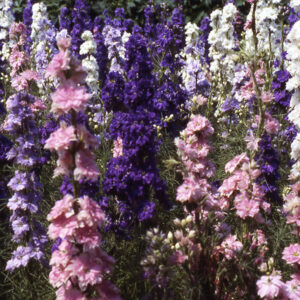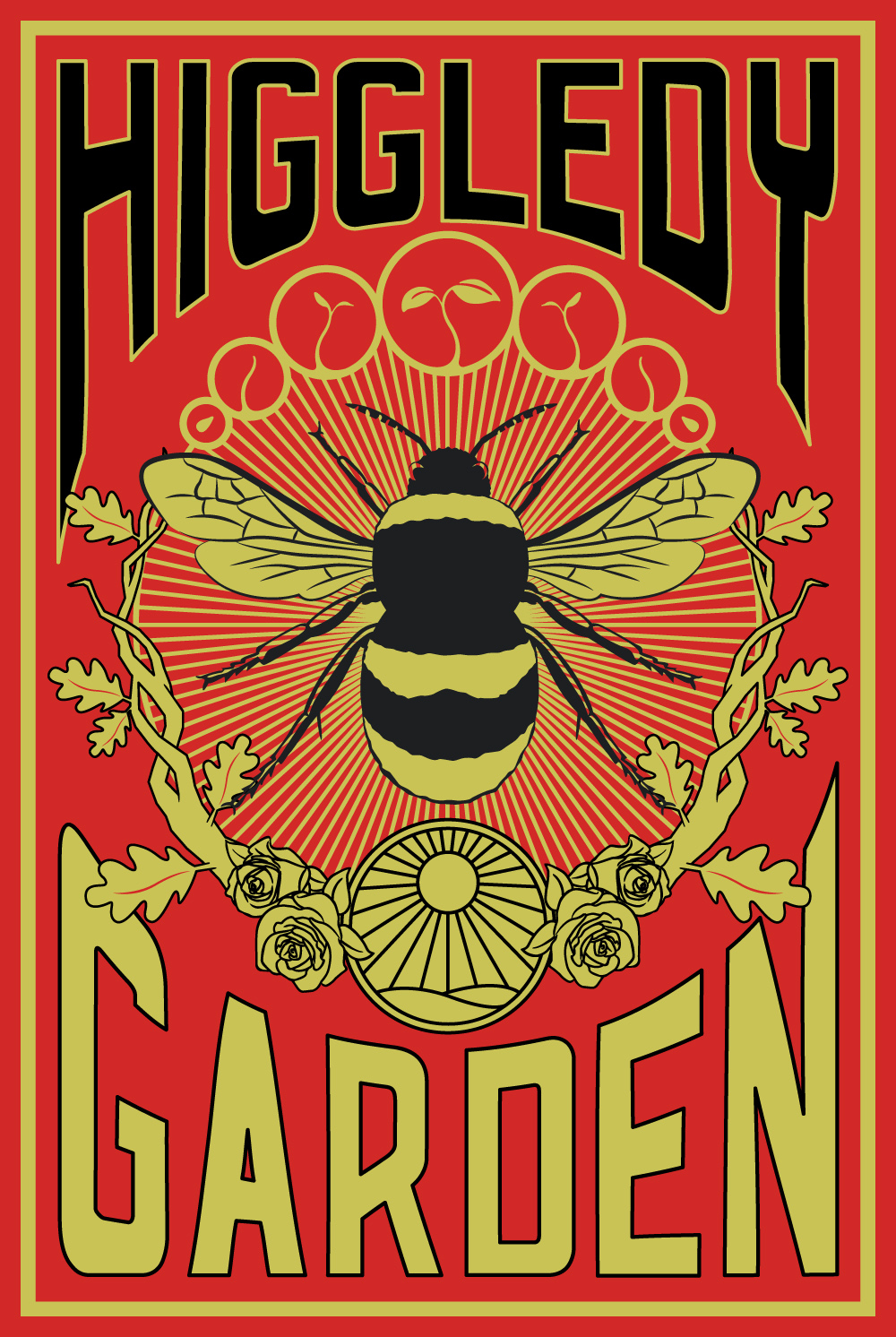
Lets talk about shape:
Now I’m not talking about hourglass or athletic, body shape is a topic best left to a different kind of blog. I’m talking about flower shapes and typically what shapes work really well to make a good mixed bouquet. Now before we get started it’s worth noting when it comes to making a bouquet there are ultimately no rules, you do what feels right for you. At the end of the day if you pick yourself some flowers of any kind and stick them in a water filled container of any kind, you have yourself an arrangement. How fantabulous!
But, if like me, you wish you had a bit more of a guideline on how to make your bouquets look well mixed, abundant and balanced then flower shapes are really helpful to think about. When growing cut flowers for making bouquets, there are five different flower shapes that I find really helpful to use and these are: focal, lace, spike, daisy and texture. If you grow a good mix of these ingredients, you are sure to have lovely abundant bouquets!
FOCAL
(Also called accent flowers, wow flowers, the brides and show stoppers).
These are your main stars of the show, typically voluptuous, loud and proud, blousy and fabulous. The ones that all your other flowers support and give your bouquet the wow factor. Without them a bouquet can look delicate, pretty and sweet, but in my opinion, can also lack that show stopping umph! Now focal flowers needn’t consist of only expensive ingredients such as roses and peonies. Plants like these, as fabulous as they are, are very expensive and produce few stems for a lot of money.
There are some great seed grown alternatives that will give you that wow factor for just a fraction of the cost! Godetia Crown, is a great example, this often-forgotten flower produces amazingly vibrant pink flowers in late spring and early summer that look absolutely gorgeous in an arrangement. Another great focal flower is Sunflower Vanilla Ice, this is a great sunflower because unlike a lot of other sunflowers the flower head is not too big. There is a fine line between a good focal flower and an outright dominating flower that makes a bouquet look out of proportion, vanilla ice gets that balance just right. Another often forgotten but fabulous flower is Malope Vulcan, this plant produces masses of hot pink trumpet like flowers. They last really well in the vase and really pack a punch in colour. Another great option is Aster Ostrich Plume, with large early flowering feathery heads in purples, pinks and whites, it is a real flamboyant flower! And not a lot could be more joyful than Chrysanthemum Rainbow Hippy Love-child! This has to be one of the cheeriest flowers to grow, large outward facing flowers that wouldn’t look out of place in a tie-die competition. They are fun, joyful and a great alternative focal flower.

But as wonderful as focal flowers are, they really benefit from mixing with other flower shapes to create a beautifully abundant but balanced looking bouquet. If you mixed a load of different focal flowers together in a bunch they would compete for attention, just like a diva sing off on the X factor, you wouldn’t know where to look. This is why the other four flower shapes are just as important as they make your bouquet to look wonderfully abundant but also allow your focal flowers to shine!
LACE
(Also known as umbellifers, fillers, and ethereal flowers).
Lace flowers are fantastic to add to bouquets these are the graceful ingredients, adding air, lightness and a romantic delicateness. Resembling lace caps, with lots of tiny flowers, often with a little space between each flower, these fill a bouquet wonderfully without making it feel dense. There are absolutely loads of lovely lace flowers that will give this beautiful ethereal look including: Gypsophila, Daucus, Ammi, Dill, Phlox, Cleome, Honesty, Hesperis, Candytuft, Phacelia, Sweet William, and even Statice. These all make wonderful lace flowers and are absolutely fantastic fillers.

SPIKE
(Also known as spires, turrets or structural flowers).
No, I’m not talking about any plants with spikey thorns, rather upward vertical spires, often very showy in their own right, but because of the difference in their shape, spikes actually compliment rather than compete with your focal flowers and they are wonderful addition to bouquets as they stop your arrangement from becoming flat and dome like but rather give it height and dimension.
Spikes are wonderful as they really help with the overall feel of an arrangement, you can opt for something larger and more statuesque to give your bouquet real drama and wow factor or something smaller to give a more pretty “scooped up from the garden” feel. Whatever you opt for, spikes literally elevate your bouquet and take it to another level. Some fantastic spikes include: Larkspur Imperials, Larkspur Giant Hyacinth, Nicotiana Sensation, Salvia Viridis, Night scented stock, and Foxgloves.

DAISY
(Also known as supporting flowers, and bridesmaids).
These are the shapes that might be similar to the flowers you first drew as a child. Typicallly a simple circle centre with petals on the outside or a shape very similar. They’re very pretty and give your bouquet a real flowery abundance feel. You might decide you’d prefer to use lots of daisy flowers as the focal flower instead, as they can be quite showy in their own right. But it can also be nice to use them in addition to your focal flower as they are often a little bit smaller and daintier than focal flowers, this way your focal flower acts as the bride of the bouquet and the daisy shapes act as the bridesmaids, complimentary but not competing. It’s all about preference. I personally like to play around with both ways depending how the mood takes me. Some fantastic daisy flowers include: Calendula, Cosmos, Cornflower, Corncockle, Rudbeckia and Zinnia.

TEXTURE
(Also known as airy accents, delicate details, and movement pieces)
These often-overlooked ingredients add movement and magic to an arrangement, and can be the finishing touches that make an arrangement seemingly dance. They have shape often with a beautiful curving habit or wonderful explosive textures. They are often elevated either slightly above a bouquet or cascading around one side. Textural ingredients can be the difference between a static lifeless bouquet and one that appears to be alive with joy, drama and movement. Fantastic textural ingredients include the dramatic cascading tassels of Amaranthus, the shimmering arching grass pods of Briza as well as the gorgeous almost galaxy coloured Cerinthe. And for beautifully textured seed pods you cannot go wrong with the classic queen of seed pods also known as Nigella or the wonderfully bouncy joyful seedpods of Scabious Ping Pong.

There you have it! Five flower shapes to grow in your cutting garden. Happy flower growing!
from Higgledy Gemma (a.k.a colour wheel garden)
